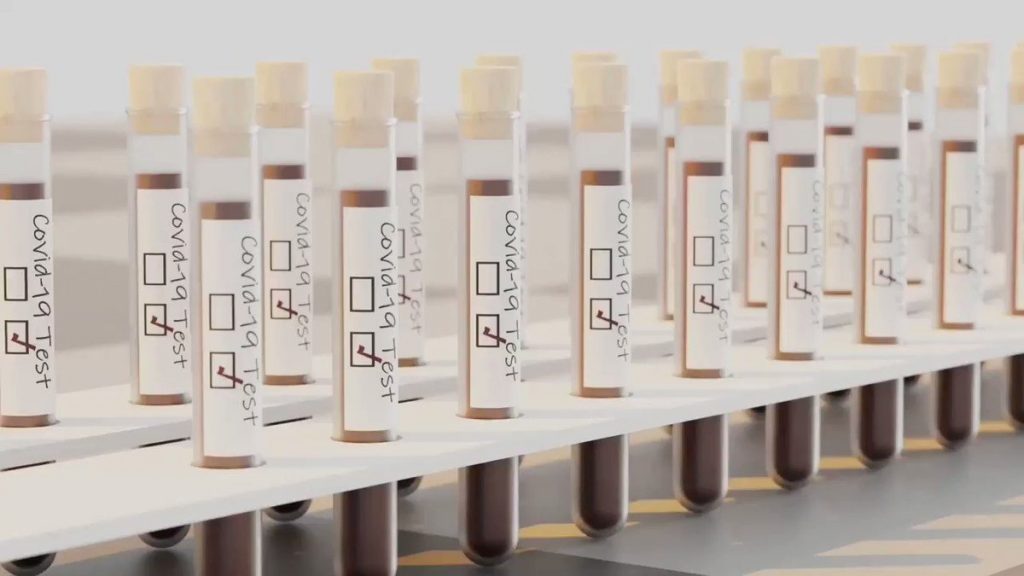
A recent article featured in Time noted that “people often talk about COVID-19 testing like it means only one thing”. However, in reality there are a variety of different COVID-19 tests approved for use in Canada, the United States, and other countries around the world. It is helpful to understand the differences between these tests as they are used at different times and for different purposes.
In Canada, there are currently three types of COVID-19 tests, all of which must be performed by healthcare professionals. These include:
- Molecular PCR tests
- Point-of-care tests
- Serology tests or antibody tests
Using information provided by the Government of Canada, we share some important details about these different tests below.
Molecular PCR tests account for the majority of COVID-19 testing in both Canada and the US; this is likely the type of testing that you are most familiar with. PCR stands for polymerase chain reaction. In these tests, a sample is taken from a patient’s nose or throat (usually with a long swab), and then sent to a lab for analysis. Technology in the lab looks for traces of the virus’ genetic material to detect presence of the disease. Results are provided within 1-3 days.
When are these tests used? Molecular PCR tests are used to determine if an individual has a current case of COVID-19.
Point-of-care tests are rapid tests done at the time and place a person is receiving care such as in a doctor’s office or hospital. Like the PCR test, which was described above, a point-of-care test requires a sample from a patient’s nose or throat. However, these tests are conducted on site rather than in a lab which saves considerable time and is particularly helpful in settings where a lab is not close by. Results are provided within 30-60 minutes.
When are these tests used? The Government of Canada states “point-of-care technology can only test a limited number of samples in a single machine. Because of this, it’s used in places where it’s needed most”. This includes rural, remote and isolated communities as well as specific high-risk settings where test results are needed as soon as possible.
Understanding the results of your PCR or point-of-care test: A positive test means that you have COVID-19 and must follow the direction of your local health authority. A negative test usually means you don’t have COVID-19. However, the Government of Canada notes that “if you’re tested too soon after you were exposed to COVID-19, there may not be enough virus in your body for an accurate result. If this is the case at the time of the test, your test may come back negative, even if you actually have the virus. This would be considered a false negative test”.
Serology tests, also known as antibody tests, use a blood sample to determine if an individual previously had COVID-19. This type of test is based on the fact that your body creates certain antibodies after being exposed to a virus which can be detected in your blood. A positive serology test means that at some point you were exposed to the virus, but it cannot determine how long ago you were exposed.
When are these tests used? Serology tests are used to find out if an individual previously had COVID-19. When these tests are done on a large scale (with many people in a population), they are helpful because they can help public health officials better understand how much the virus has been spreading within a community and determine which public health measures should be taken.
It is important to note that current research suggests a person may be able to get the virus more than one time. In an interview with Time, Dr. Aneesh Mehta, chief of infectious diseases services at Emory University Hospital in Atlanta said that “just because we can detect antibodies does not necessarily mean you’re fully protected from acquiring that infection. Continue to take all the same precautions that everyone else is taking.”
To learn more about the differences between molecular PCR, point-of-care and serology testing, check out this short video: